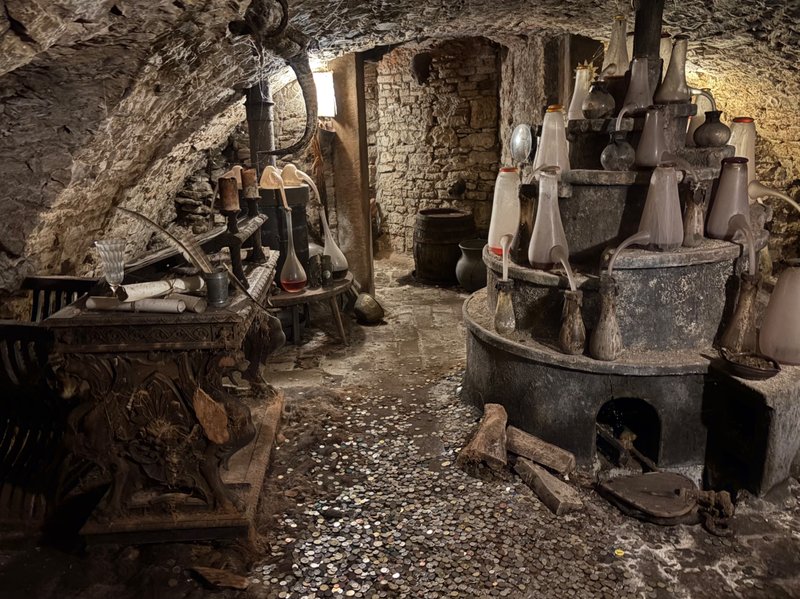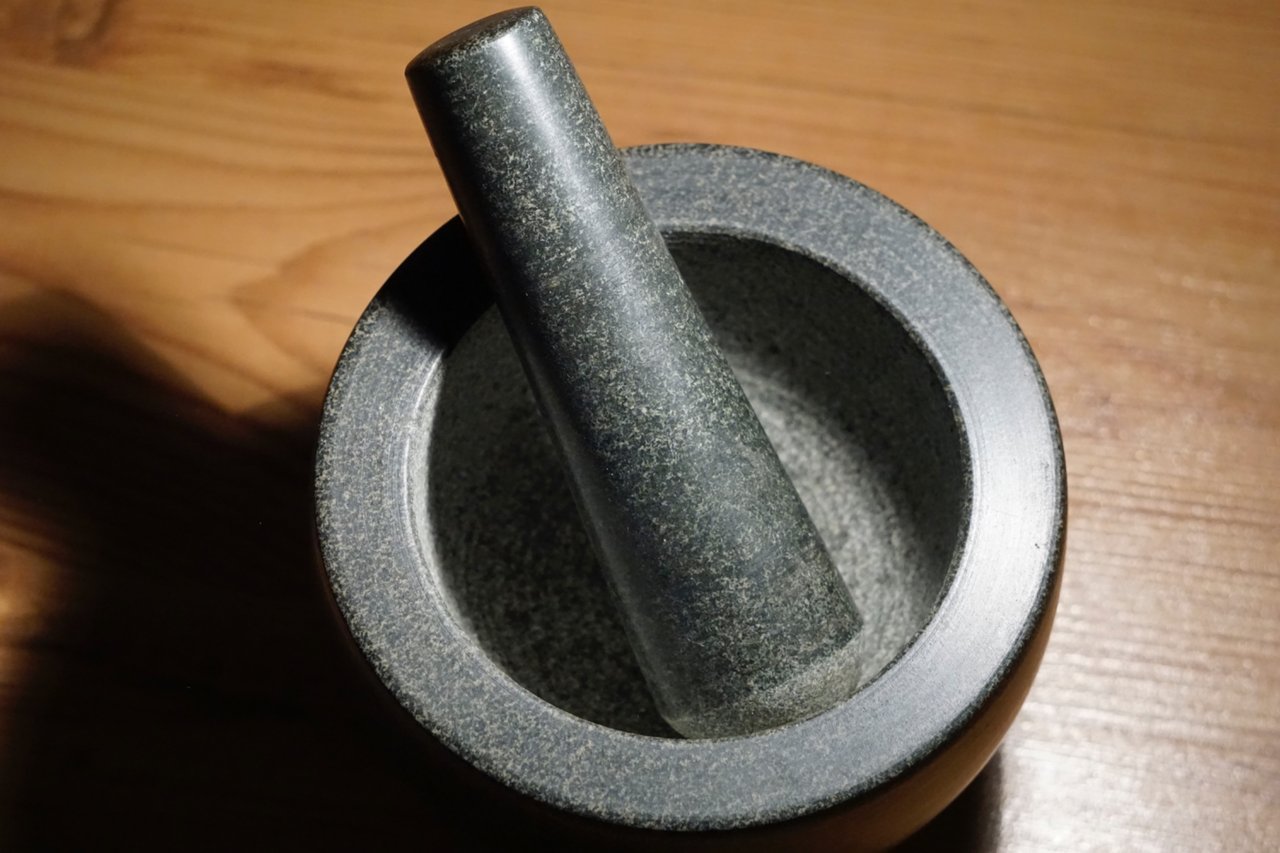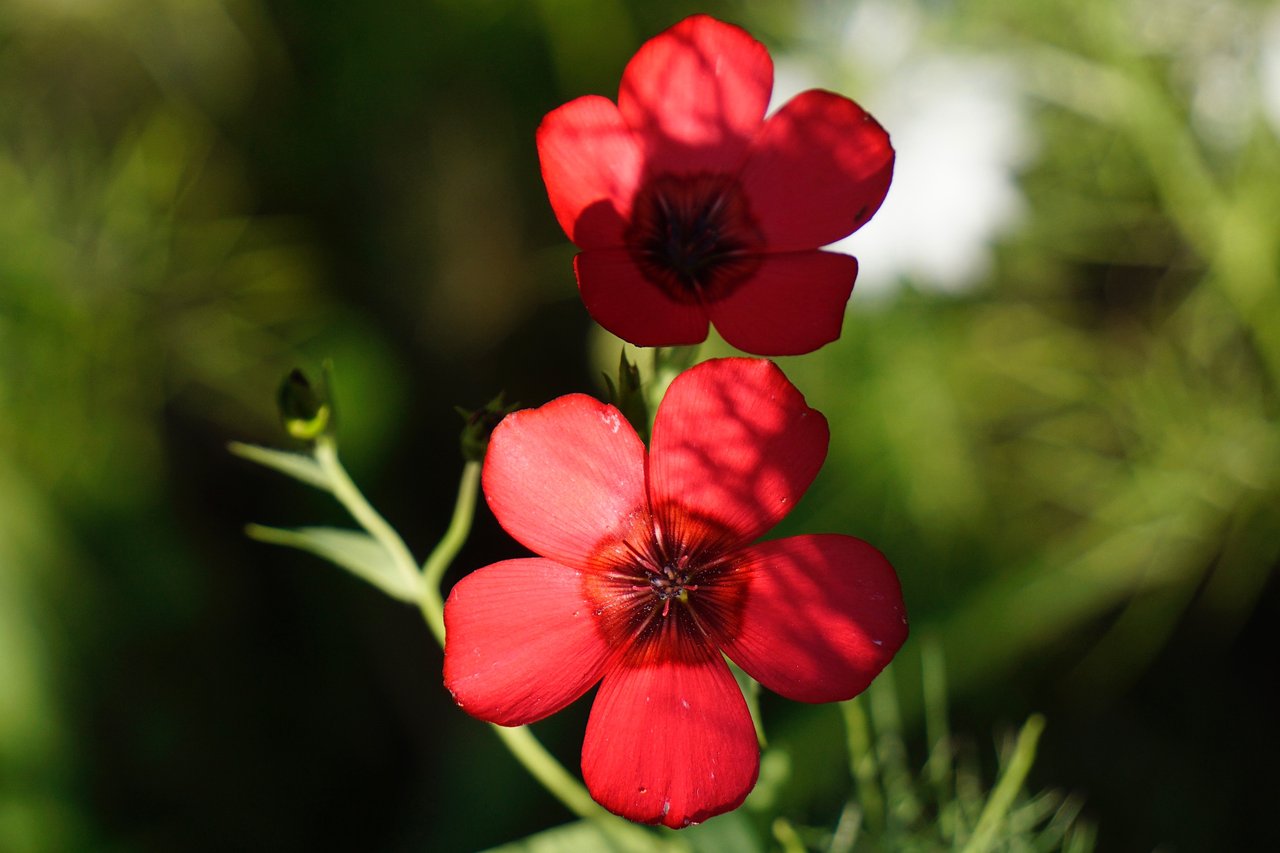Linium and the Mills in History
1 comment
Good day dear community, first of all I would like to welcome you all to my new contribution and hope you have a week full of positive experiences so far! In this article, I would like to take a closer look at nature and hope you are able to expand your knowledge.
Today I took pictures of the enchanting flowers of Red flax or Scarlet flax which is also known by the scientific name Linum grandiflorum and this species comes specifically from Africa where it is widespread in some parts of Algeria in the wild form. Linium has been known for thousands of years and is one of the most important plants of mankind and in the past, people made fibers from it which were an important basis for textiles or used it as a medicine and it is also associated with the history of mills and in the Middle Ages, special mills were built in Europe in which the seeds were crushed in order to then make oil from them and it came to the fact that linium was cultivated in many fields and became one of the most important raw materials. Numerous traces of the use for these purposes come from Europe where during the 12th century more and more writings about the processing appear and there were different recipes for production as well as drying and before there were special mills that could process the plant more easily, people used traditional mortar mills and after the harvest, the plant was first dried and then the seeds removed and this process can vary greatly and some were of the opinion that it was best to dry the seeds gently while others exposed it to strong heat and dried it, for example in a cauldron over the fire or put it in the sun to dry it the fastest way.
After drying, the seeds were crushed as finely as possible and then the flour was mixed with water warm water and this mixture was then squeezed out with heat or cold techniques and as a result, this precious oil came to light and if heat was used for pressing or drying, it probably happened that some active ingredients were lost and thus the medicinal potential suffered from it. With the emergence of special mills, this work was facilitated and with these mills it was possible to process much larger quantities to meet the ever-increasing demand and the plant was really used meaningful and the remains during processing were subsequently also used for other purposes such as feeding animals with it. It did not take long until more and more mills were built which had concentrated specifically on it and traces suggest that during the Middle Ages there were thousands of oil mills which used also other plants in addition to Linium to produce oil and the crushed seeds were also often mixed with other types of flour to make bread. From the stems of Linium also fibers for the production of paper were obtained and here too the mills were used again and there were certain paper mills with which this plant was processed and it can be said that Linium has strongly influenced the history of the mills.
Thank you very much for stopping by and I hope you could learn something new about the mills! I captured these pictures with my Camera Sony Alpha 6000 plus 55-210 mm lens.








Comments